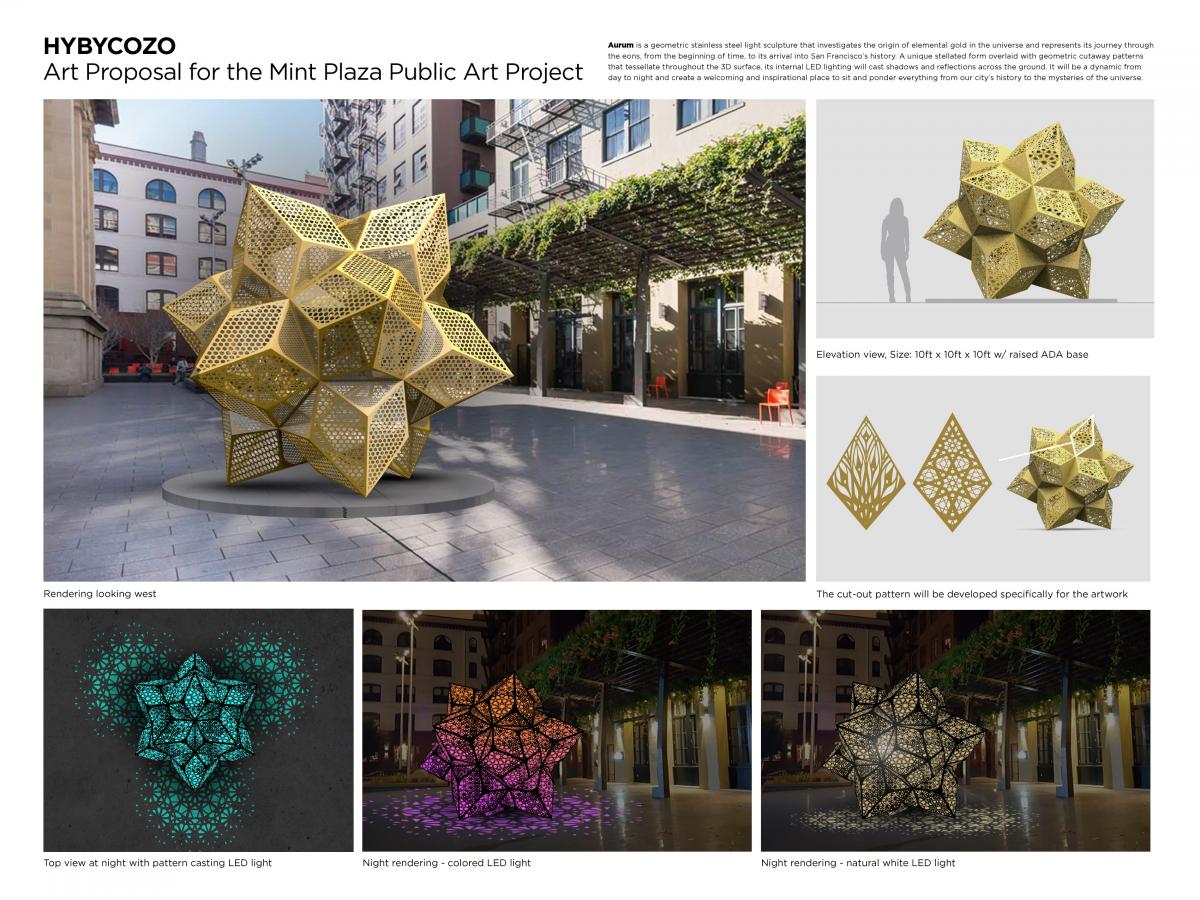 Aurum is a geometric stainless steel light sculpture that investigates the origin of elemental gold in the universe and represents its journey through the eons, from the beginning of time, to its arrival into San Francisco’s history. A unique stellated form overlaid with geometric cutaway patterns that tessellate throughout the 3D surface, its internal LED lighting will cast shadows and reflections across the ground. It will be a dynamic from day to night and create a welcoming and inspirational place to sit and ponder everything from our city’s history to the mysteries of the universe.
Aurum is a geometric stainless steel light sculpture that investigates the origin of elemental gold in the universe and represents its journey through the eons, from the beginning of time, to its arrival into San Francisco’s history. A unique stellated form overlaid with geometric cutaway patterns that tessellate throughout the 3D surface, its internal LED lighting will cast shadows and reflections across the ground. It will be a dynamic from day to night and create a welcoming and inspirational place to sit and ponder everything from our city’s history to the mysteries of the universe.
The SF Mint, in its granite vault, once held one-third of all the gold in the United States. The story of how it was discovered, mined in the golden foothills of California, and brought through San Francisco is a rich and colorful part of our city’s history. However, have you ever wondered how that gold actually got into the foothills? Or onto Earth for that matter?
Gold, or in latin Aurum, is an element prized for its aesthetic and material features. From jewelry, to gilded crafts, to circuit boards, the use of gold coincides with the growth and development of civilization, art, and material science. However, its origin on Earth has been a mystery until quite recently. Scientists know that simple elements like oxygen, carbon, and silicon come from stars at the end of their lifespan running out of hydrogen and helium for fusion. These stars then start creating higher density atoms that explode in a supernova, eventually cooling to form smaller stars and planets, which is how the Earth was created. However, they knew it was not possible to produce heavier elements like gold and platinum in such reactions because they required with a lot more energy than is present in a supernova, so it remained a mystery until quite recently.
In 2017, the Nobel Prize in physics was awarded to the scientists from LIGO, who for the first time detected gravitational waves, literally ripples in the fabric of space, caused by high energy collisions, first theorized by Einstein in 1916. What they detected was two neutron stars colliding, (for scale of a neutron star, imagine if our sun’s energy was condensed into an area the size of Manhattan) which produced a “kilonova,” an explosion many times more massive than we had ever seen before. The explosion affected the fabric of space producing gravitational waves which LIGO was able to detect for the first time. The collision of these stars also gave off gamma rays carrying a chemical signature that indicated the creation of elemental gold. Alchemy, detected for the first time!
Our goal with this sculpture is to represent this story, a part San Francisco and the Mint’s history, and perhaps connect personal memories of a piece of gold jewelry a person might have worn or something that has been passed down in their family, to this highly energetic, wondrously explosive, and even extraterrestrial origin.
Educational Opportunities:
A central goal of our practice is to to place artworks in the public sphere that can serve as a gathering place for the community while creating educational and interactive activities around them. We are starting a nonprofit called MAE (www.MathArtEducation.org) to develop publically accessible educational resources, curriculum, and field trips around public sculpture. The Mint Plaza site is exciting to us because it offers a historically significant location and an interesting narrative inspired by contemporary physics. The sculptural form is based on the first stellation of a dodecahedron which also provides an interesting activity as the shape can be drawn and folded from paper.
Description of the Artwork
The artwork will be a laser cut, powder-coated gold stainless steel geometric star. Mathematically, the shape is called a stellated dodecahedron with some unique modifications. Approximately 10 x 10 feet and touching the ground at 3 points, with 9 points facing out. Aesthetically the lines look sharp, however, we assure you that the ends will all be rounded to be safe for the public.
The gold color will shine during the day while softly glowing and projecting shadows on the surrounding environment at night. We have perfected a custom powder coating blend for stainless steel with our supplier that is both durable and aesthetically appealing. The powder coating will also be covered with a protective UV coating that is both graffiti resistant as well as providing another layer of protection against corrosion from the elements in SF. The finish is a matte flaxen gold color. A natural looking, quiet gold, that still has a little pop while working well with the stone pallet of the plaza.
Location:
A large anchor artwork in the plaza is the ideal location, but we are also open to discussing several smaller stars throughout the plaza if the committee feels like that would be best for the flow of people and events. The central form we proposed can be adaptable to a configuration of 3 smaller simpler sculptures at different stages of an exploding star.
View larger image of proposal.
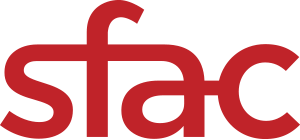
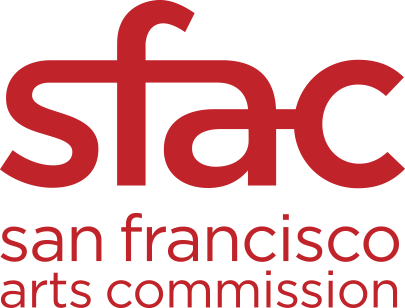

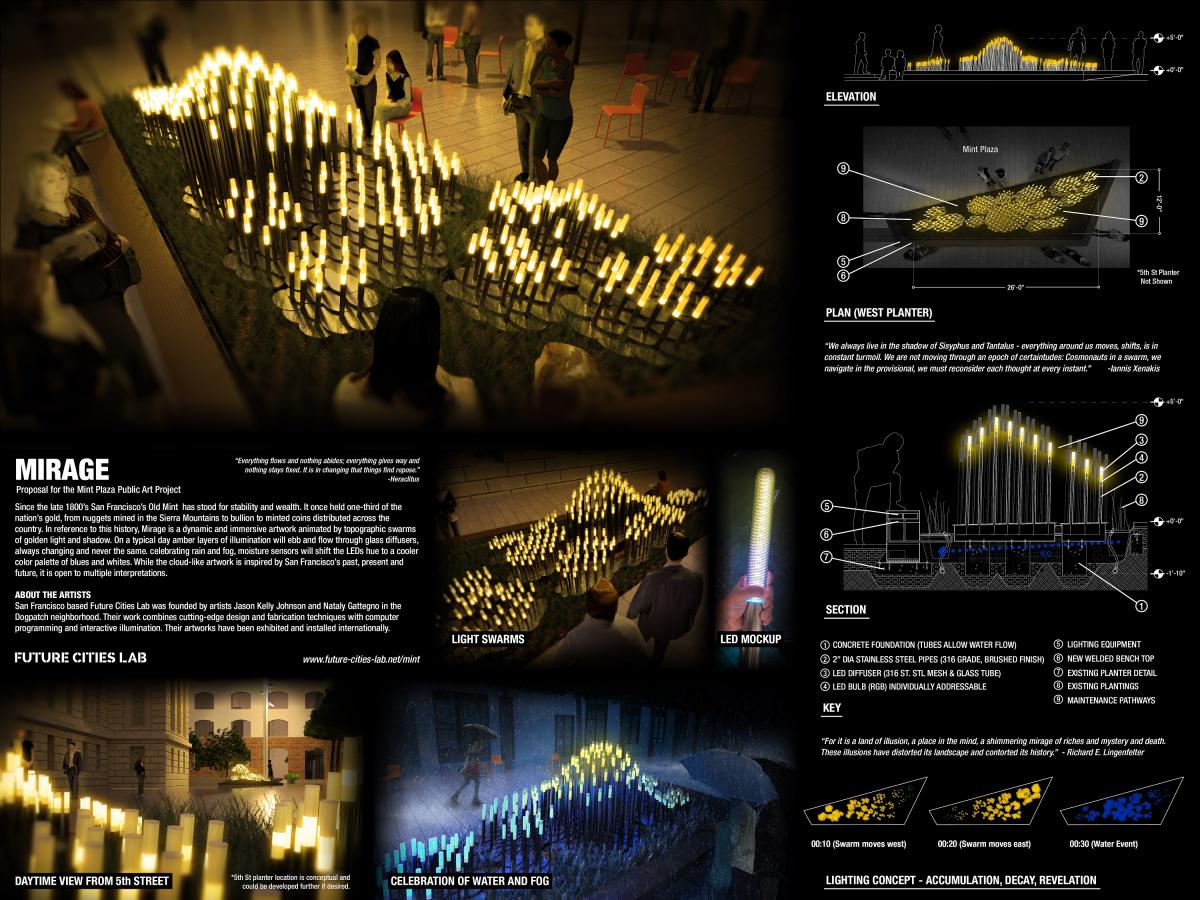 “For it is a land of illusion, a place in the mind, a shimmering mirage of riches and mystery and death. These illusions have distorted its landscape and contorted its history.”
“For it is a land of illusion, a place in the mind, a shimmering mirage of riches and mystery and death. These illusions have distorted its landscape and contorted its history.”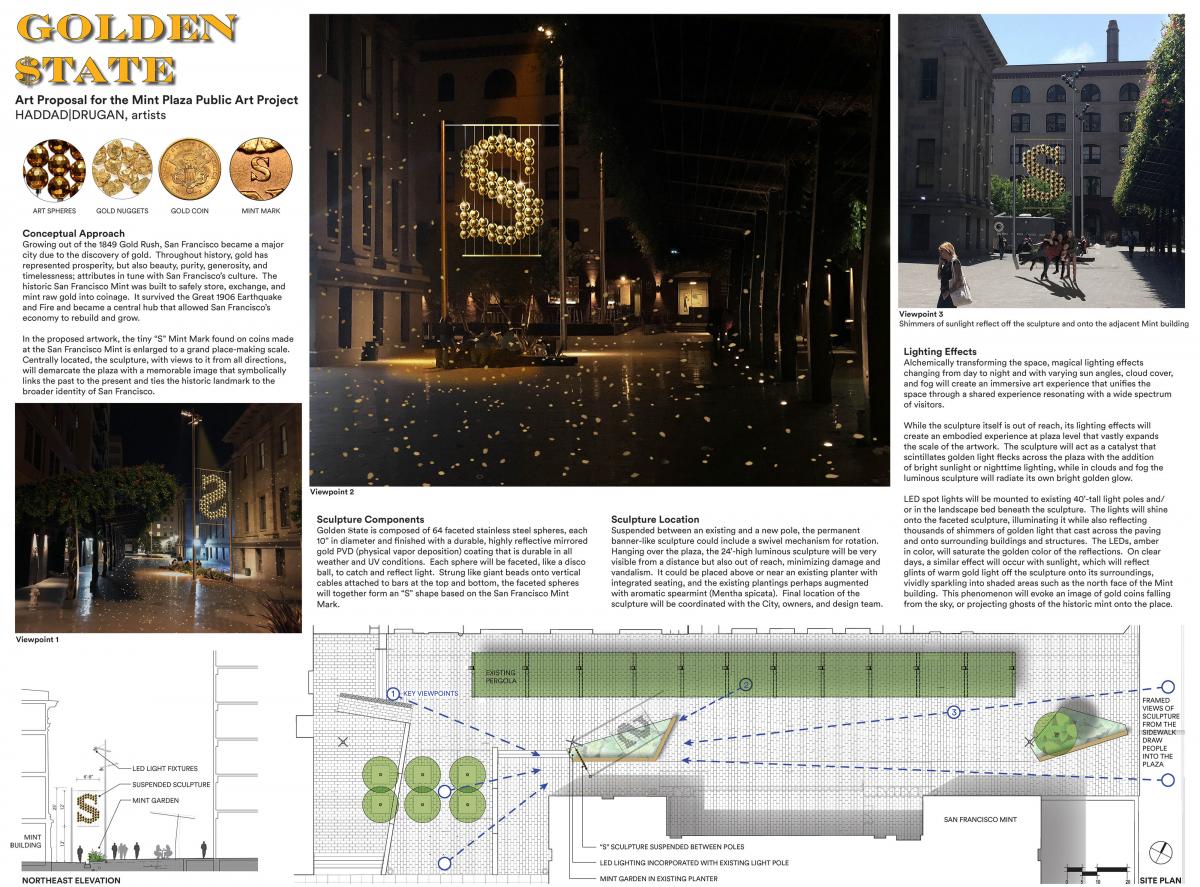 Centrally located, Golden $tate will demarcate Mint Plaza with a memorable image that symbolically ties a historic landmark to the broader identity of San Francisco and its unique shine. Growing out of the 1849 Gold Rush, San Francisco became a major city due to the discovery of gold. Throughout history, gold has represented prosperity, but also beauty, purity, generosity, and timelessness; attributes in tune with San Francisco’s culture. The San Francisco Mint was built to safely store, exchange, and mint raw gold into coinage. It survived the Great 1906 Earthquake and Fire and became a hub that allowed San Francisco’s economy to rebuild and grow.
Centrally located, Golden $tate will demarcate Mint Plaza with a memorable image that symbolically ties a historic landmark to the broader identity of San Francisco and its unique shine. Growing out of the 1849 Gold Rush, San Francisco became a major city due to the discovery of gold. Throughout history, gold has represented prosperity, but also beauty, purity, generosity, and timelessness; attributes in tune with San Francisco’s culture. The San Francisco Mint was built to safely store, exchange, and mint raw gold into coinage. It survived the Great 1906 Earthquake and Fire and became a hub that allowed San Francisco’s economy to rebuild and grow. Aurum is a geometric stainless steel light sculpture that investigates the origin of elemental gold in the universe and represents its journey through the eons, from the beginning of time, to its arrival into San Francisco’s history. A unique stellated form overlaid with geometric cutaway patterns that tessellate throughout the 3D surface, its internal LED lighting will cast shadows and reflections across the ground. It will be a dynamic from day to night and create a welcoming and inspirational place to sit and ponder everything from our city’s history to the mysteries of the universe.
Aurum is a geometric stainless steel light sculpture that investigates the origin of elemental gold in the universe and represents its journey through the eons, from the beginning of time, to its arrival into San Francisco’s history. A unique stellated form overlaid with geometric cutaway patterns that tessellate throughout the 3D surface, its internal LED lighting will cast shadows and reflections across the ground. It will be a dynamic from day to night and create a welcoming and inspirational place to sit and ponder everything from our city’s history to the mysteries of the universe.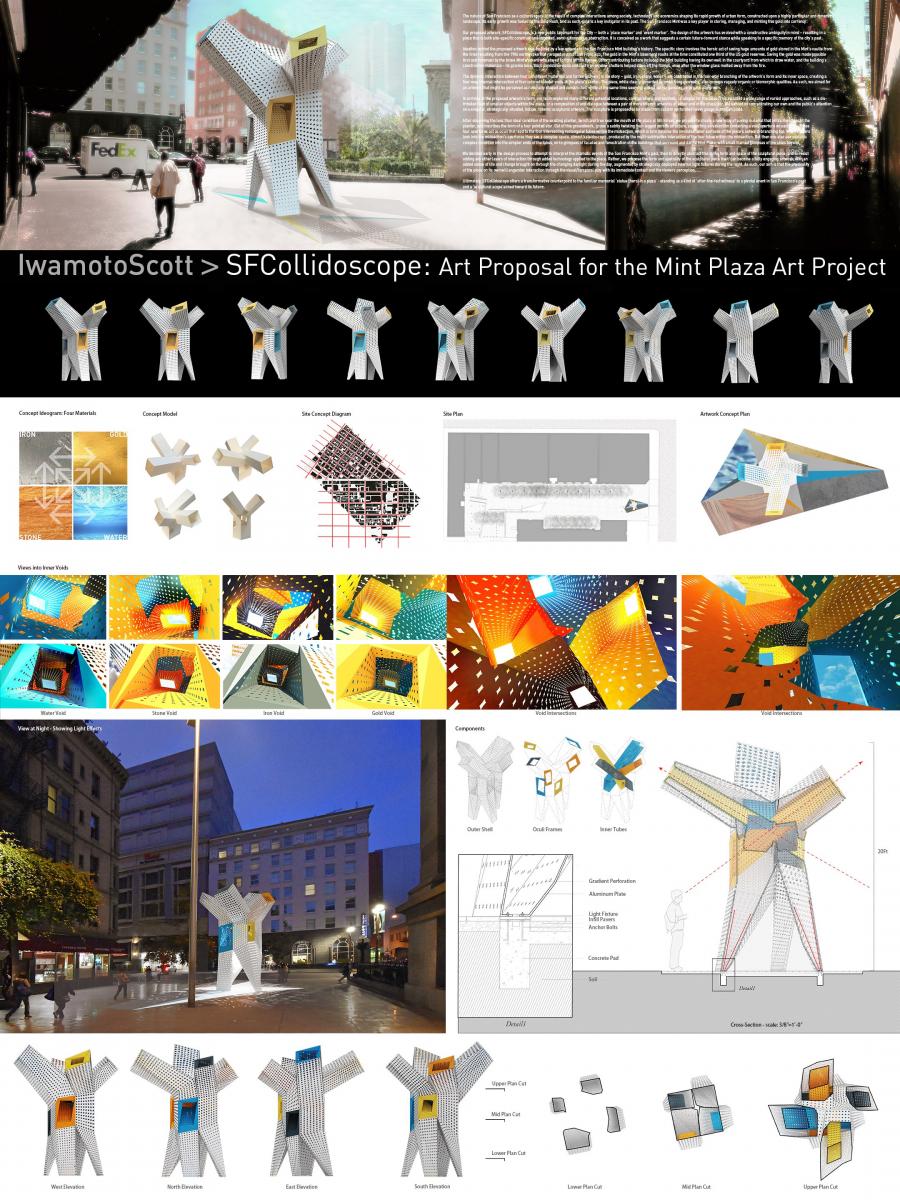 The nature of San Francisco as a cultural space is the result of complex interactions among society, technology and economics shaping its rapid growth of urban form, constructed upon a highly particular and dynamic landscape. Its early growth was fueled by the Gold Rush, and as such, gold is a key instigator in its past. The San Francisco Mint was a key player in storing, managing, and minting this gold into currency.
The nature of San Francisco as a cultural space is the result of complex interactions among society, technology and economics shaping its rapid growth of urban form, constructed upon a highly particular and dynamic landscape. Its early growth was fueled by the Gold Rush, and as such, gold is a key instigator in its past. The San Francisco Mint was a key player in storing, managing, and minting this gold into currency.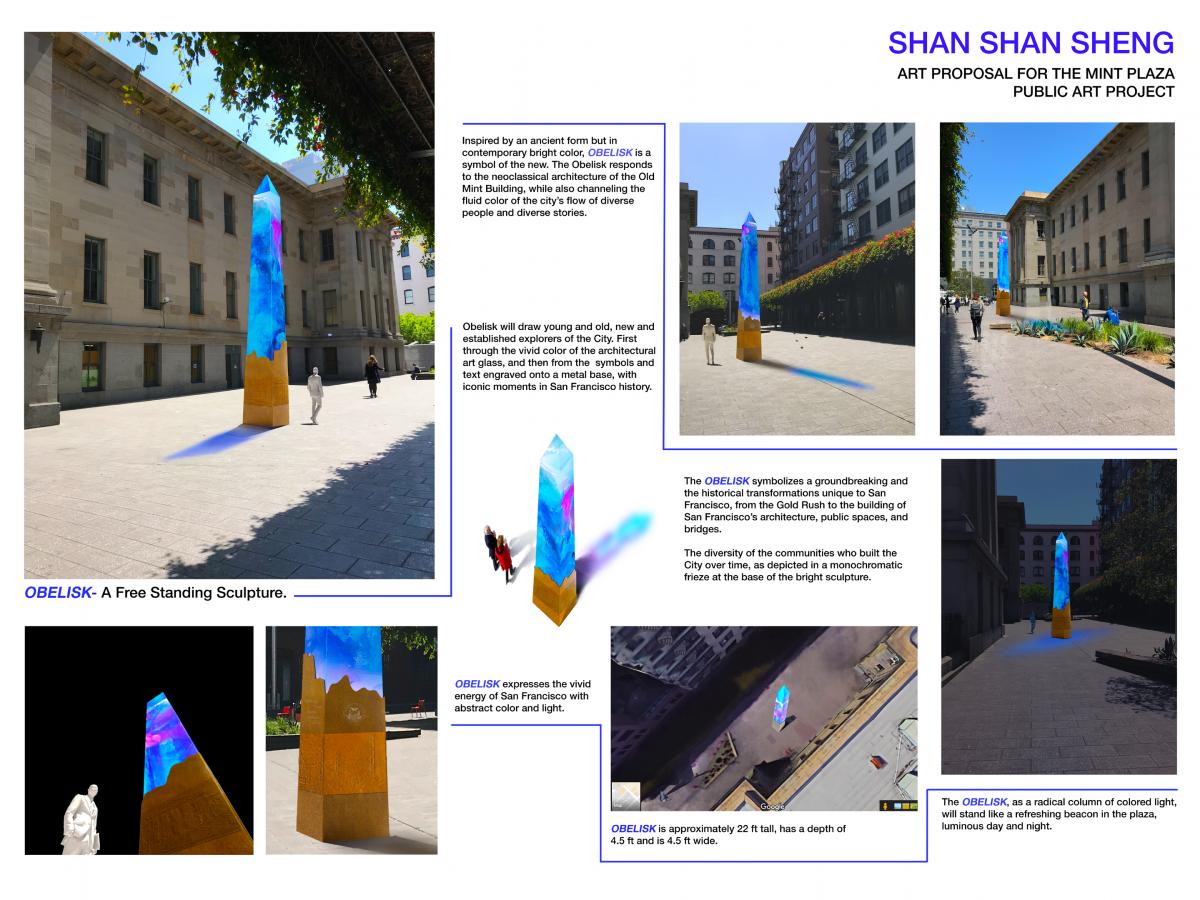 Obelisk - A Free-Standing Sculpture.
Obelisk - A Free-Standing Sculpture.
Opportunity For Public Comment
Please take a few minutes to review the proposals here and complete the comment form below. You may also email your comments to sfacpublicartcomment@sfgov.org, or hand deliver/mail comments to 401 Van Ness Avenue, Room 325 by September 24, 2018, 5 p.m.
The Final Selection Panel meeting will take place on September 25, 2018, 12:30 a.m.- 5 p.m. at 401 Van Ness Avenue, Room 302. All Artist Selection Panel meetings are open to the public. An agenda for the meeting will be posted 72-hour in advance of the meeting on SFAC’s website under the Public Meeting section: www.sfartscommission.org/calendar.